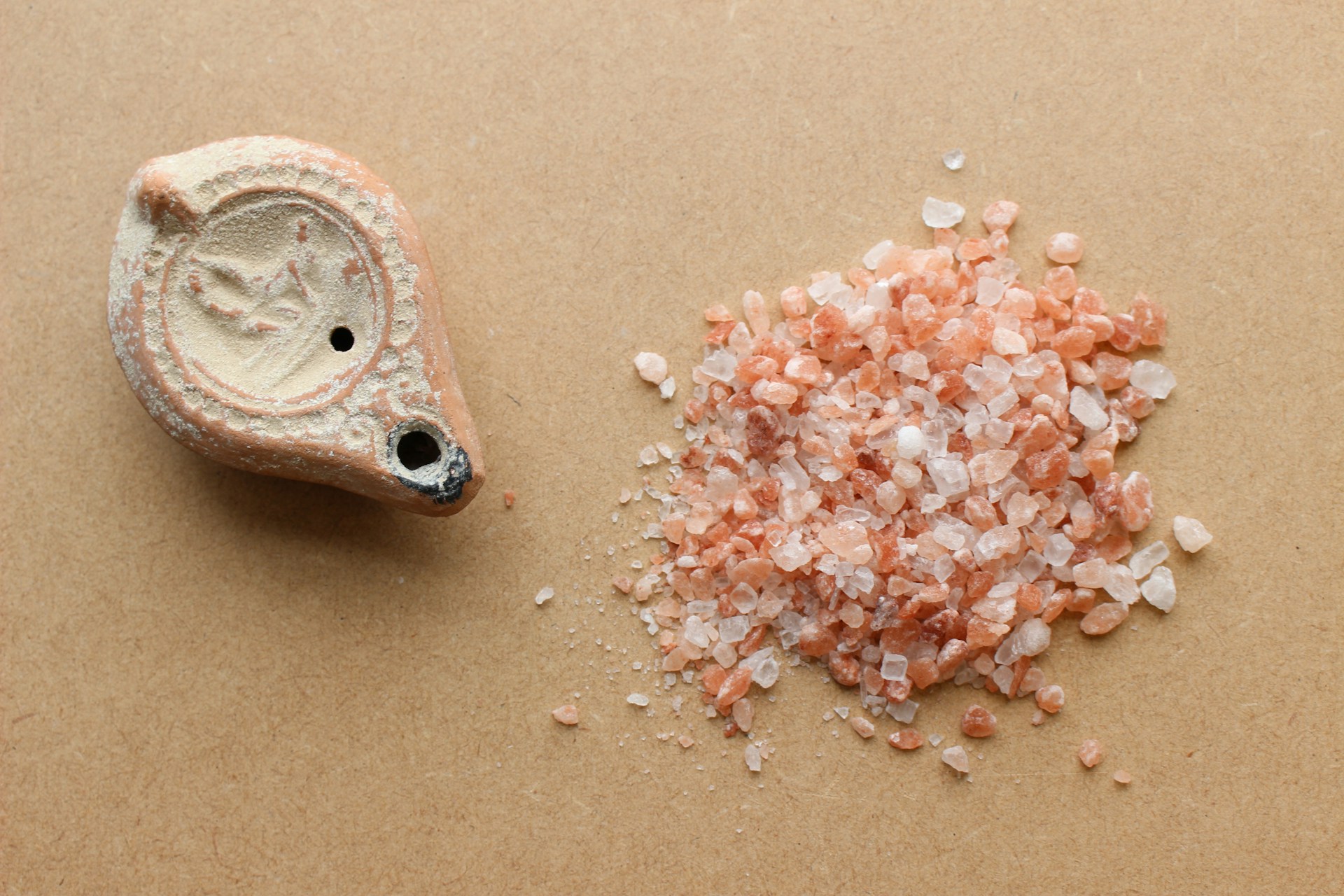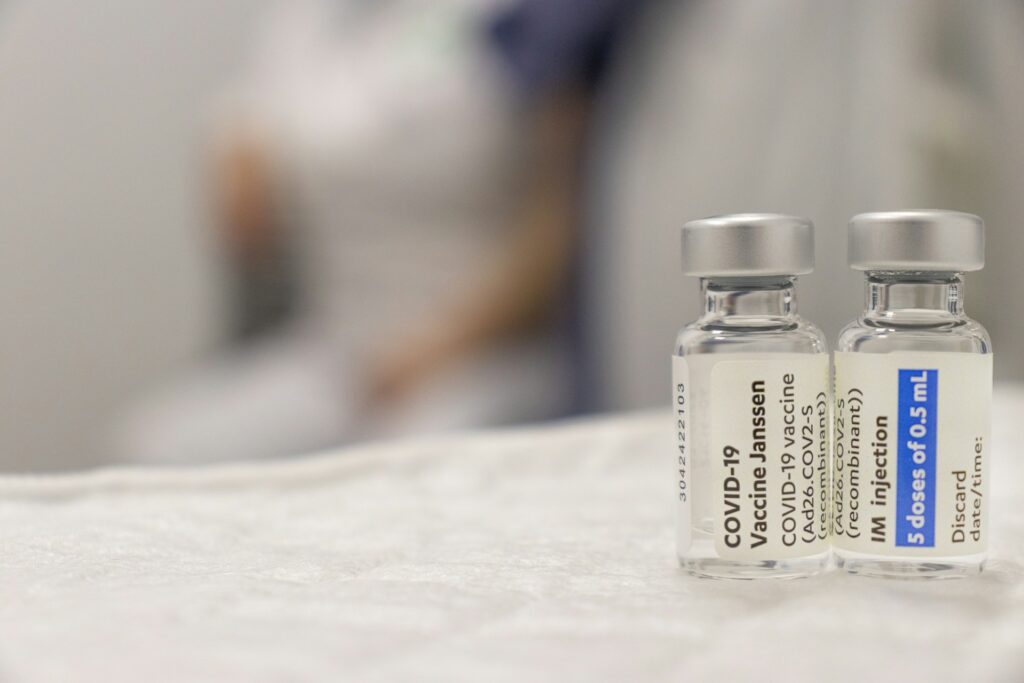A new international study led by Professor Gunther G. Andersson at Flinders University has revealed how common salts behave near the surfaces of everyday solvents, helping to answer a long-standing question in surface chemistry. Using a technique known as neutral impact collision ion scattering spectroscopy (NICISS), the team has been able to measure how ions such as chloride, bromide, iodide, sodium, potassium, and cesium distribute themselves near the vapor; liquid interface in nonaqueous solvents.
Kumar, A., Craig, V. S. J., Webber, G. B., Page, A. J., Gregory, K. P., Wanless, E. J., & Andersson, G. G. (2026). Ion specificity at solvent surfaces: concentration depth profiles of monovalent inorganic ions. Journal of Colloid and Interface Science, 703, 139019. https://doi.org/10.1016/j.jcis.2025.139019
The study explored how these ions behave in four liquids; propylene carbonate, benzyl alcohol, glycerol, and formamide. The findings show that the distribution of ions at solvent surfaces depends not just on their electrical charge or size, but also on the properties of the surrounding solvent, including its surface tension.
Dr. Gunther Andersson, professor of chemical physics and nanotechnology at Flinders University, stated,
“Ion scattering spectroscopy in a simplified way can be described as playing billiards with atoms where the billiard balls (atoms) have different masses from across the entire periodic table. There is no other method which can comprehensively investigate this problem.”
The boundary where air meets a liquid is a key site for many natural and industrial processes, from cloud formation to battery operation. Although much research has focused on how ions behave at the surface of water, far less is known about how they act in other common solvents. These solvent surfaces are important in electrochemistry, catalysis, and environmental chemistry, where ions can influence reaction rates and charge balance.
To investigate, the research team applied NICISS, a method that sends neutral helium atoms toward the surface of a liquid. By analyzing how these atoms scatter back, researchers can map how the concentration of ions changes with depth, creating a precise profile of the interface.
The results challenge some long-held assumptions about ion behavior. The data show that solvent properties play a stronger role than previously believed. The same ion can behave very differently in two solvents with different surface tensions. Solvents with lower surface tension tend to push ions away from the interface, while those with higher tension allow them to accumulate near the surface.
Classical descriptors such as ionic size, charge density, and polarizability were found to be inadequate on their own. Instead, the team observed that the balance between solvent structure, ion; ion interaction, and interfacial free energy governs how ions arrange themselves.
The researchers also noted that in some solvents, the presence of one ion affects the position of another. In formamide, for instance, anions such as chloride and bromide showed distribution patterns that did not depend strongly on the type of accompanying cation. In other solvents, the pairing between positive and negative ions made a measurable difference.
Another key observation was that the well-known Hofmeister series, which predicts how ions influence surface properties in water, does not always apply to nonaqueous systems. In glycerol, for example, smaller chloride ions showed greater enrichment at the surface than would be expected from their lower polarizability.
Understanding how ions behave at solvent interfaces could help improve the design of technologies that rely on precise control of surface chemistry. In electrochemical devices such as batteries and capacitors, interfacial ion structure affects charge transfer and energy efficiency. In catalysis and sensing applications, it determines how molecules interact with active sites at the liquid–gas boundary.
These findings also have potential implications for environmental chemistry. Processes such as aerosol formation and pollutant transport in the atmosphere often depend on ionic reactions at the surface of droplets. By expanding knowledge beyond water, scientists can better model how these reactions occur in mixed or organic solvent systems.
The team’s next goal is to extend this research to water, using the same NICISS method to compare how ions behave across a complete scale of solvents. By relating ion distribution to solvent surface tension, the researchers aim to develop a predictive framework for which ions tend to migrate toward or away from a surface.
Professor Andersson’s group has demonstrated that solvent surfaces are not passive boundaries but dynamic regions where ions respond to subtle balances of energy. Their work provides direct experimental evidence that classical surface models must be adapted to account for solvent effects.
For engineers and materials scientists, this study underscores the importance of surface chemistry in practical systems; from batteries to environmental sensors. It also shows how precision tools like NICISS can reveal what happens at the atomic scale, helping bridge the gap between theory and experiment.
The findings remind us that even simple salts can display complex and solvent-dependent behavior at interfaces, reshaping how we understand the chemistry of everyday liquids.

Adrian graduated with a Masters Degree (1st Class Honours) in Chemical Engineering from Chester University along with Harris. His master’s research aimed to develop a standardadised clean water oxygenation transfer procedure to test bubble diffusers that are currently used in the wastewater industry commercial market. He has also undergone placments in both US and China primarely focused within the R&D department and is an associate member of the Institute of Chemical Engineers (IChemE).



